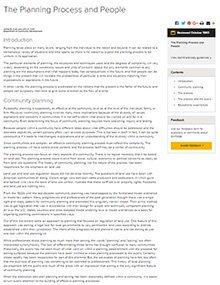

The Planning Process and People
Reviewed
Renovating Grass Sods With Legumes
Reviewed
Enhance pasture productivity by integrating legumes into grass sods using cost-effective methods that boost forage quality, animal gains, and soil fertility.
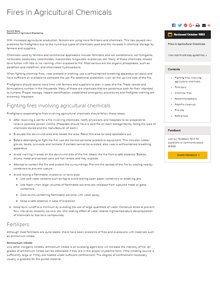
Fires in Agricultural Chemicals
Reviewed
Learn essential safety measures for responding to fires involving agricultural chemicals, including protective gear and firefighting techniques.
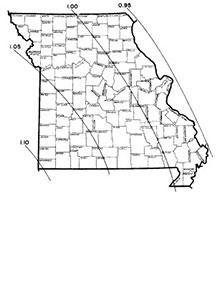
Estimating Peak Rates of Runoff From Small Watersheds
Reviewed
Learn to estimate peak runoff rates for small Missouri watersheds using a comprehensive formula and watershed-specific factors.
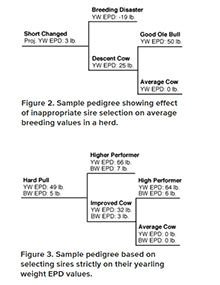
Understanding and Using Sire Summaries: BIF Fact Sheet
Reviewed
Learn how to effectively use sire summaries to make informed breeding decisions, enhancing herd genetics and productivity.
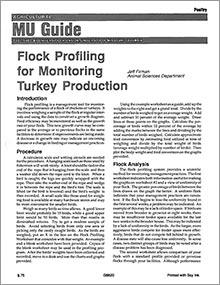
Flock Profiling for Monitoring Turkey Production
Reviewed
Editor’s note
The PDF version of this publication includes illustrations.
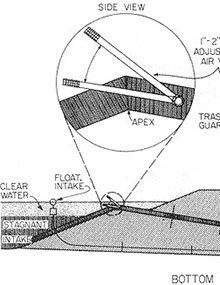
Design Criteria for Bottom-Withdrawal (Lake-Cleaning) Spillway
Reviewed
Designing a bottom-withdrawal spillway enhances water quality by removing sediment-laden inflow, extending reservoir life and reducing fish loss.

Radon: An Indoor Health Hazard?
Reviewed
Indoor air can be polluted in a number of ways. Indoor pollutants include formaldehyde, carbon monoxide, respirable dust, nitrogen dioxide, radon and other gases. This guide focuses on just one of these pollutants — radon.
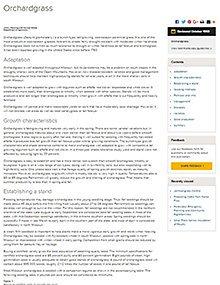
Orchardgrass
Reviewed
Orchardgrass is a cool-season perennial grass well-suited for Missouri, offering early spring growth, shade tolerance, and compatibility with legumes.
Culverts and Flood Gates
Reviewed
Guidance on selecting culvert and flood gate sizes for bottomland drainage up to 640 acres, including flow rate formulas and design considerations.
Missouri Soil Surveys
Reviewed
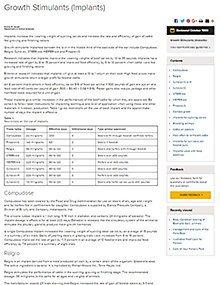
Growth Stimulants (Implants)
Reviewed
Boost cattle growth and feed efficiency with implants like Compudose, Ralgro, and Synovex—gain more weight and profit with proper use.
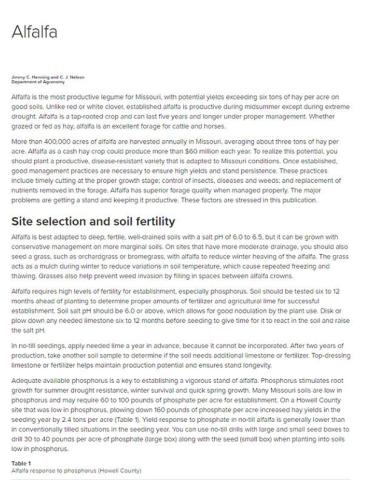
Alfalfa
Reviewed
Alfalfa is the most productive legume for Missouri. Visit our website today to learn more about Alfalfa.
Qualitative Nitrate Detection for Toxicity Potential
Reviewed
Provides a qualitative test to detect potentially toxic nitrate levels in water, forage, and feed samples.

Agricultural Hand Signals
Reviewed
Voice communications are impossible in certain agricultural situations due to distance and noise. For this reason, standard Agricultural Hand Signals have been developed for farm machinery operators by the American Society of Agricultural Engineers. Hand signals can prevent accidents and save time. Use them and teach others to use them.
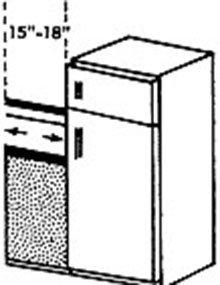
Kitchen Planning: Work Centers
Reviewed
Design an efficient kitchen layout by organizing work areas into functional centers, optimizing workflow and minimizing unnecessary movement.
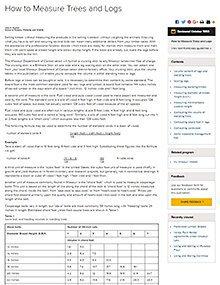
How to Measure Trees and Logs
Reviewed
Selling timber without measuring the products is like selling livestock without weighing the animals. Visit our site to learn how to measure trees and logs.
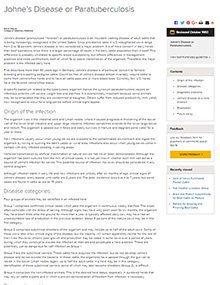
Johne’s Disease or Paratuberculosis
Reviewed
Feeding to Maximize Milk Solids
Reviewed
Maximize milk solids production by optimizing feeding strategies for dairy cows, focusing on proper nutrition, feed intake, and balanced diets.
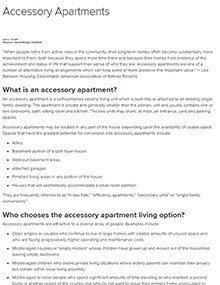
Accessory Apartments
Reviewed
Learn how accessory apartments offer flexible housing, added income, and independent living in spaces like basements, attics, or garages.
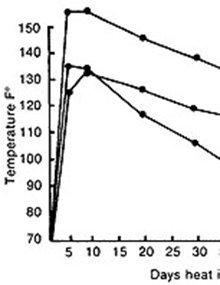
Making and Storing Quality Hay
Reviewed
Properly making and storing hay and greatly reduce dry matter loses. Visit our site to learn about Making and Storing Quality Hay.
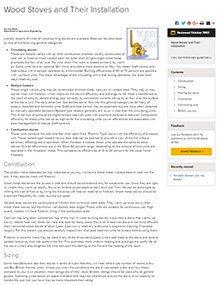
Wood Stoves and Their Installation
Reviewed
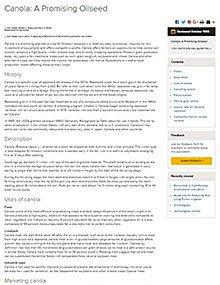
Canola: A Promising Oilseed
Reviewed
Canola is a high-value oilseed crop ideal for Missouri farmers, offering benefits like soil erosion control and diversification. Learn about growing and marketing it.
Simple Home Repairs: Cracks in Concrete Sidewalks
Reviewed
Learn how to repair sidewalk cracks using mortar and epoxy for a safer, more attractive walking surface.
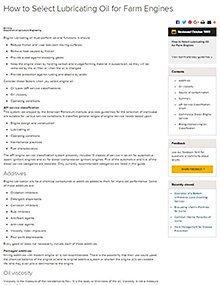
How to Select Lubricating Oil for Farm Engines
Reviewed
Essential information on selecting the appropriate engine oil for farm equipment, covering oil types, viscosity, additives, and operating conditions.